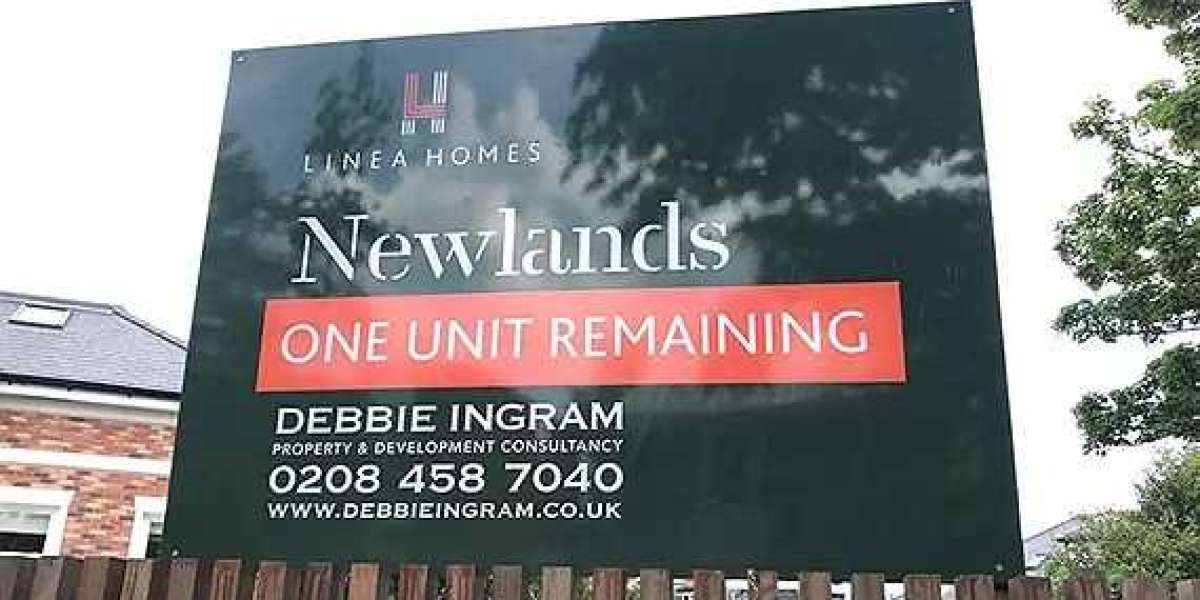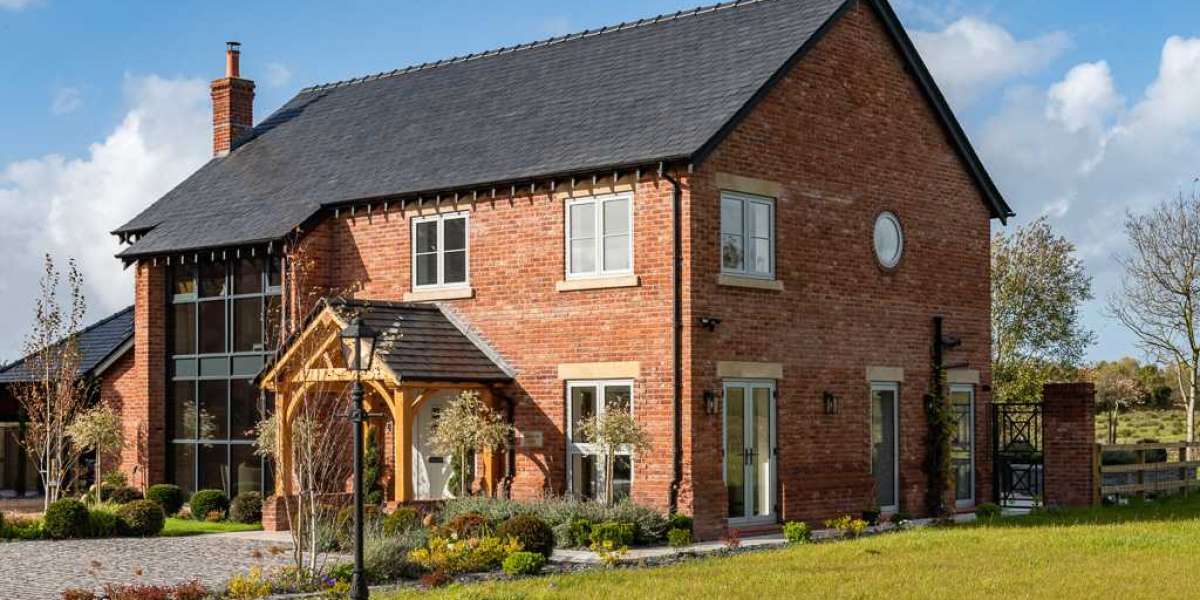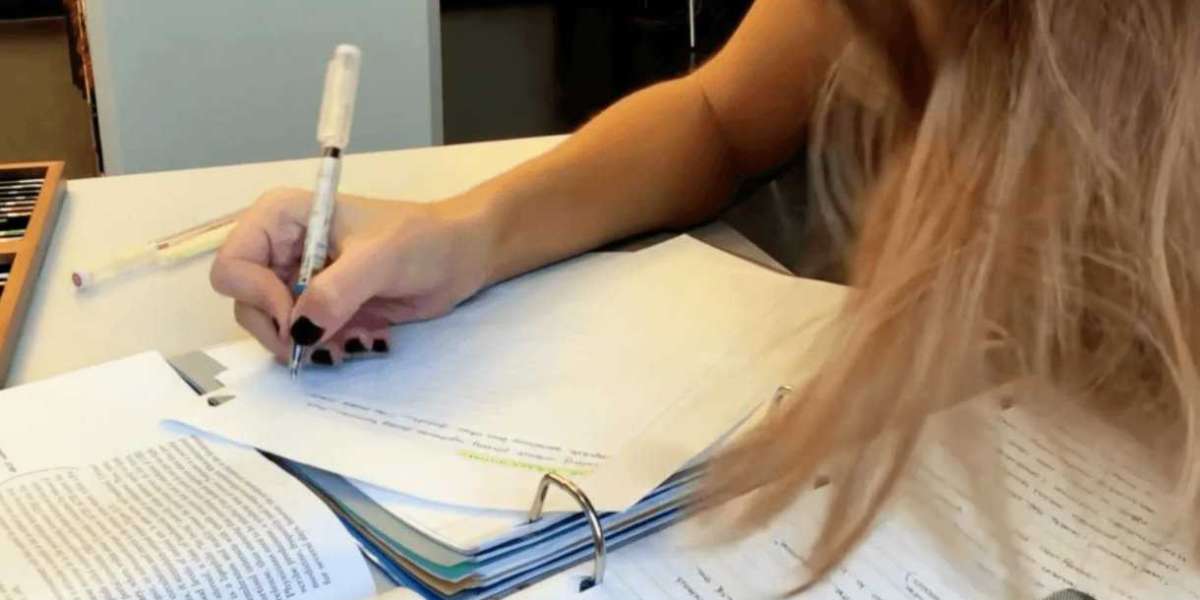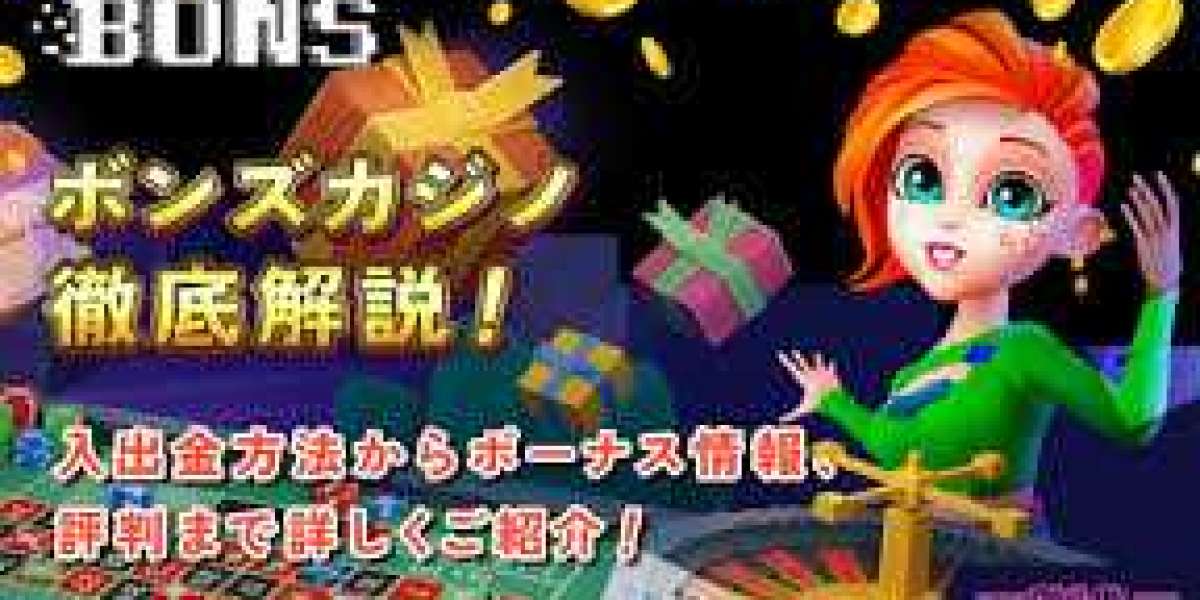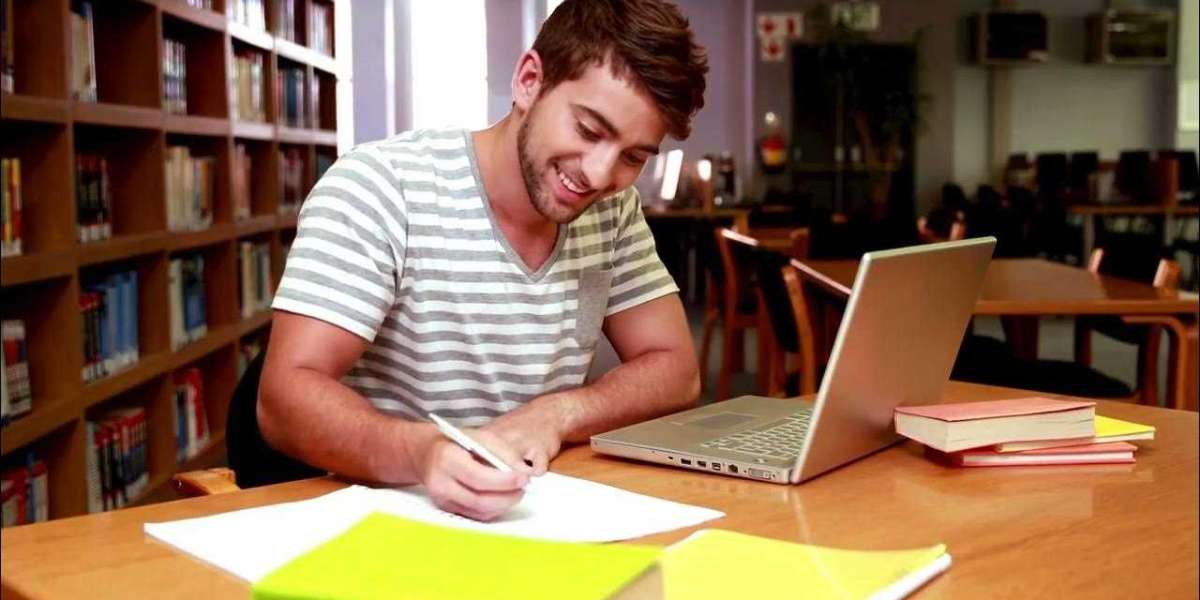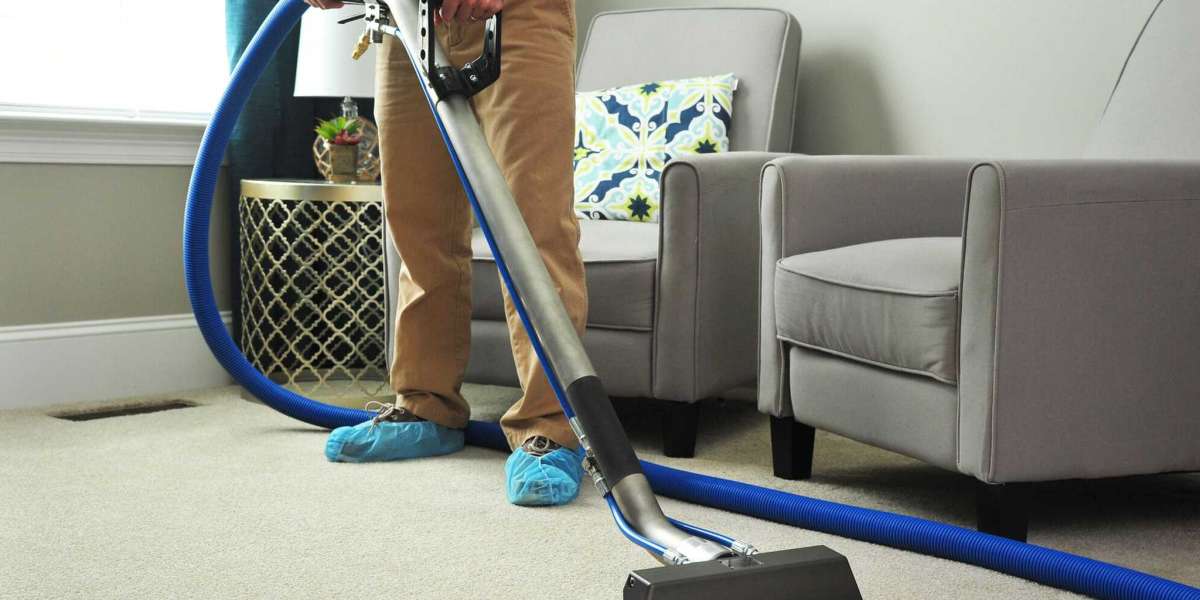In today’s competitive visual landscape, hoardings are expected to do far more than act as protective barriers. They have become powerful communication tools, designed to capture attention and leave lasting impressions. While bold colours and striking visuals remain important, texture is now adding a new creative dimension. Raised and 3D lettering effects are transforming standard hoarding boards into eye-catching displays with depth, style, and authority. This shift highlights how hoardings are evolving from flat printed surfaces into architectural features. This blog explores the rise of textured finishes, the techniques behind them, and their impact on modern hoarding design.
The Evolution of Hoardings: From Flat to Dimensional
Traditionally, hoardings were flat printed boards intended to deliver information and branding with clarity. While effective to a degree, they were often overlooked among the noise of urban advertising. Over time, the need to compete for public attention gave rise to more creative design approaches, with developers and marketers seeking ways to elevate their messaging.
Now, hoarding panels with textured finishes and 3D lettering are setting new benchmarks in outdoor advertising. They are more visually striking, more memorable, and, most importantly, more effective at engaging people. By moving beyond two-dimensional surfaces, brands are able to add a sense of depth and presence that resonates with audiences in ways that simple flat graphics cannot achieve.
What Are Raised 3D Letter Effects in Hoardings?
Raised and 3D lettering refers to the use of layered or cut-out materials that physically stand out from the surface of the hoarding. Instead of relying on printed text alone, these elements protrude, creating shadow, depth, and visual intrigue.
There are several techniques available:
- Embossed or raised lettering – where letters are layered onto hoarding boards using durable materials.
- Cut-out letters – precision-cut elements attached to hoarding panels, offering sharp edges and bold outlines.
- Layered graphics – where multiple textures combine for a multi-dimensional effect.
Materials used for these letters often include acrylic, aluminium, wood, and durable foamex, each chosen for their balance of strength, finish, and visual appeal. The result is a hoarding that immediately commands attention and conveys a sense of sophistication.
Design Impact: Why Textured Hoardings Work
Textured hoardings are more than just aesthetically pleasing; they have a measurable impact on brand communication. The addition of raised lettering and 3D effects dramatically alters the way people perceive a hoarding.
Key design advantages include:
- Enhanced visibility: Depth creates shadows and contrast, making messages legible from greater distances.
- Premium impression: Raised elements exude quality, often associated with high-end or professional brands.
- Psychological engagement: Texture captures interest because humans are naturally drawn to layered visuals.
- Lasting recall: Viewers are more likely to remember messaging displayed with strong design elements.
Feature | 2D Hoarding Boards | 3D / Textured Hoarding Panels |
Visual Impact | Moderate | High – depth and shadow add interest |
Brand Perception | Functional | Premium and sophisticated |
Attention Retention | Short-term | Long-lasting |
Design Versatility | Limited | Broad – layered, cut-out, illuminated |
The table above demonstrates how even small adjustments in design can dramatically enhance a hoarding’s effectiveness.
Materials Techniques Used for Textured Hoarding Panels
To achieve raised and 3D lettering effects, a wide variety of materials and fabrication techniques are used. Choosing the right combination can elevate a hoarding from ordinary to outstanding.
Popular materials include:
- Acrylic: Lightweight, versatile, and available in gloss or matte finishes.
- Foamex: Cost-effective, easy to shape, and durable for outdoor use.
- Aluminium/Dibond: Strong, weather-resistant, and ideal for premium finishes.
- Wood: Offers a natural and rustic appearance for certain projects.
Finishing techniques:
- Gloss and matte layering: To create contrast and variation.
- Metallic effects: For a reflective, eye-catching look.
- Illumination: Raised letters paired with backlighting or edge lighting for maximum impact.
By combining printed graphics with fabricated lettering, hoarding panels can deliver both visual variety and functional messaging. The ability to mix print with structure creates a versatile design palette that ensures branding is both practical and powerful.
Current Texture Trends in Hoarding Boards
The world of hoarding design is always evolving, and textured finishes are driving some of the most exciting trends.
Trending approaches include:
- Metallic foils and reflective lettering: Offering a polished, modern look that shines day and night.
- Eco-friendly materials: Raised elements made with recycled or sustainable substrates, aligning with green values.
- Integrated lighting: Edge-lit or backlit 3D lettering that draws attention at all hours.
- Minimalist raised design: Clean, understated raised letters that communicate elegance without clutter.
These approaches allow brands to align their hoardings with wider design movements, ensuring they feel contemporary and appealing to audiences. Whether bold and striking or sleek and subtle, textured hoardings adapt to a wide spectrum of brand identities.
Benefits of Raised 3D Letter Hoardings
Investing in textured hoarding boards comes with a host of advantages, making them a wise choice for both short-term campaigns and long-term site branding.
Key benefits include:
- Improved brand recall: Textured finishes are more memorable, increasing recognition.
- Stronger differentiation: Helps a project stand out in crowded environments.
- Durability: Materials used for raised lettering are often weather-resistant and long-lasting.
- Professional presentation: Enhances the credibility of the brand message.
The combination of visual appeal and resilience makes 3D hoardings a strategic asset for businesses across sectors.
Practical Considerations Before Choosing Textured Hoardings
While the advantages are clear, certain practicalities should be considered before investing in textured hoarding designs:
- Budget: 3D lettering can be more costly than standard print, so planning is essential.
- Viewing distance: Raised effects work best when positioned for maximum visibility.
- Permissions: Some locations may have regulations regarding textured or illuminated hoardings.
- Maintenance: Raised elements may require occasional cleaning to retain their polished look.
Addressing these considerations ensures the final outcome balances creativity, compliance, and cost-effectiveness.
Conclusion
The rise of textured hoardings demonstrates a shift in how businesses and developers use visual communication. No longer limited to flat designs, hoarding boards and hoarding panels with raised and 3D lettering effects are redefining what outdoor branding can achieve. They add sophistication, depth, and memorability to messaging, ensuring that the visual presence of a site is as impactful as possible.
For those looking to elevate their branding through modern, creative hoarding solutions, the possibilities with texture are endless. Expert providers like Hoarding Print Company offer the skills and technology to bring these trends to life, ensuring that every hoarding is not just a barrier, but a powerful storytelling platform.
